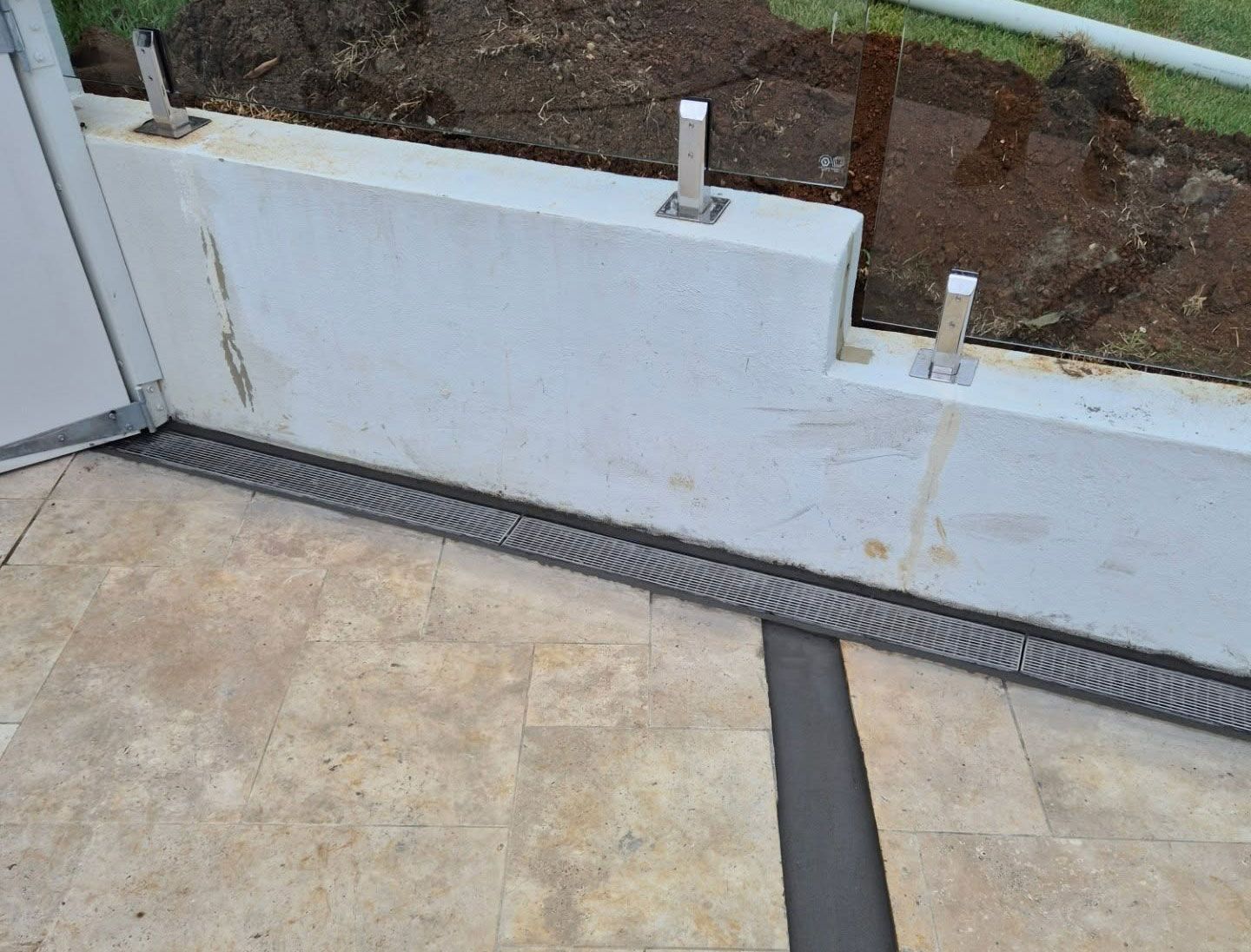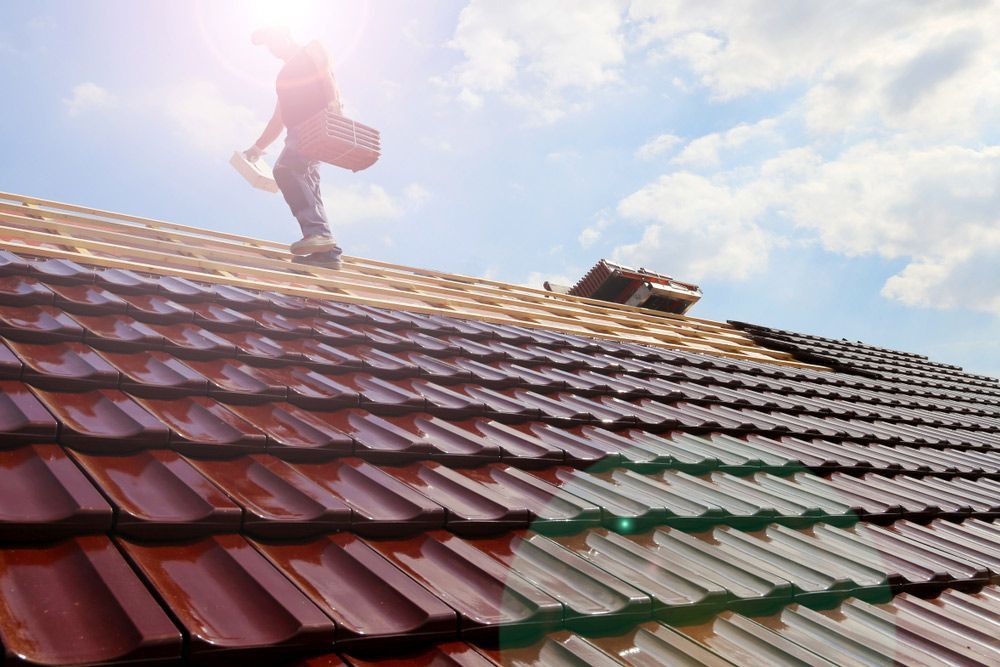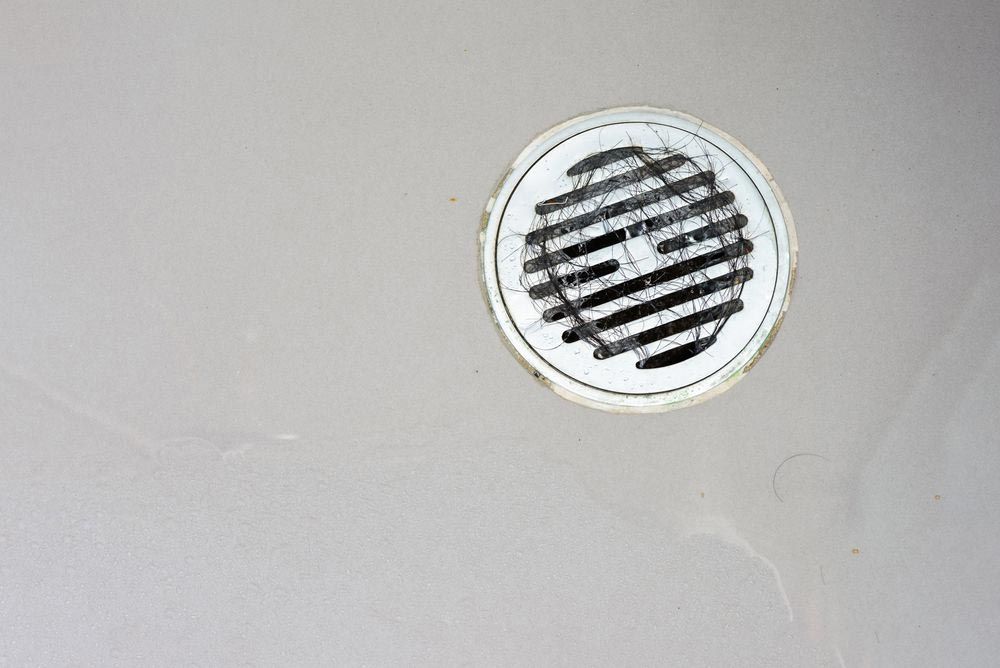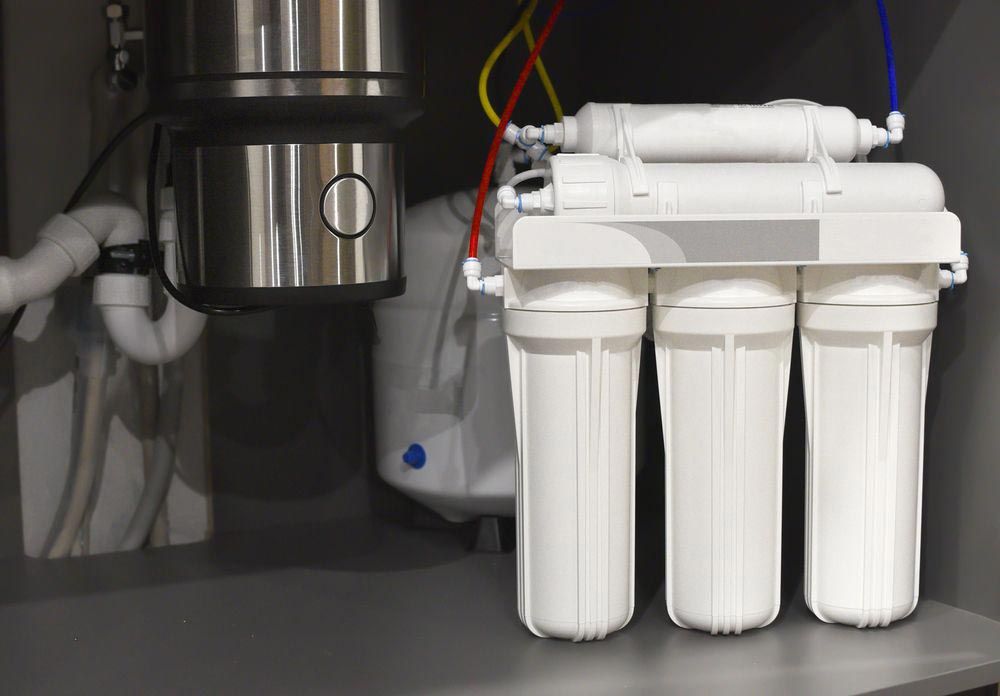How To Read A Gas Meter
Whether you're curious to learn about your energy consumption or trying to decode your monthly bill, understanding how to read your gas meter can be worthwhile. Gas meters provide tangible data on the amount of gas used within a particular timeframe. By learning to read them, you'll gain a better grasp of your energy usage patterns. In this guide, we'll give you insights into gas meters, from understanding their types to reading and interpreting them.
Understanding Different Types Of Gas Meters
Imperial Gas Meters
Imperial meters measure gas in cubic feet. They generally have four black numbers followed by two red numbers.
Metric Gas Meters
Metric meters measure gas in cubic metres. You can identify them with a display of five black numbers followed by decimal points and further numbers.
The Key Components Of A Gas Meter
- Dial Display: This displays the amount of gas used. Depending on the meter type, this could be in cubic feet or cubic metres.
- Serial Number: A unique number assigned to each meter for identification purposes.
- Safety Shut-off Valve: Allows for the gas supply to be quickly turned off in case of emergencies.
- Regulator: Helps maintain a steady gas pressure by reducing the high-pressure gas in the supply line to a usable level.
Step-by-Step Guide: Reading Your Gas Meter
Reading a gas meter might initially seem complex, but once you become familiar with the layout, it's quite simple. Whether you have an imperial or metric gas meter, taking an accurate reading can be accomplished with precision and ease by following the steps outlined below.
Imperial Gas Meter:
- Locate the Display: Begin by finding the dial or digital display on your gas meter.
- Identify Relevant Numbers: Look for the four black numbers on the dial. These are the primary meter readings.
- Record Numbers: Write down these numbers from left to right, ensuring you do not invert any digits.
- Exclude Additional Numbers: It's important to ignore any red numbers or numbers after the decimal point, as these are not used for standard billing.
Metric Gas Meter:
- Find the Display: Much like the imperial meter, start by locating the meter's dial or digital display.
- Spot the Main Numbers: Identify the five black numbers displayed prominently. These are the numbers that matter for your reading.
- Take Note: Record these numbers systematically from left to right.
- Avoid Unnecessary Digits: As with the imperial meter, disregard any numbers shown after the decimal point.
Tips For Accuracy:
- Ensure that you are in a well-lit environment or use a flashlight to get a clear view of the numbers.
- It's always a good practice to double-check your reading to ensure you've recorded the numbers accurately.
- In case your meter display appears foggy or unclear, consider reaching out for maintenance or assistance.
- Regularly reading your meter can help you keep track of your usage and notice any significant changes.
By consistently following these steps, you can confidently read your gas meter and better understand your energy consumption.
Interpreting Your Reading: What It Means For Your Bill
Once you've obtained your meter reading, you might wonder about its implications. Here's a breakdown:
- Consistent Readings: If you find that your readings are quite consistent every month, this indicates stable gas consumption.
- Higher Readings: An increased reading can result from various factors, including seasonal changes, added appliances and possible leaks.
- Lower Readings: A decline in your reading suggests reduced gas consumption. This could be due to energy conservation measures.
Need Assistance From A Reliable Gas Fitter?
If you are concerned about any discrepancies after reading your gas meter, we've got you covered. At Cape Byron Plumbing, we offer a comprehensive range of gas fitting services for both residential and commercial needs, prioritising your safety. Whether you require safety inspections, installations, maintenance or even urgent gas repairs, our gas fitters are available 24/7. Reach out to us today for a free, no-obligation quote.


















